A Short History of Desks
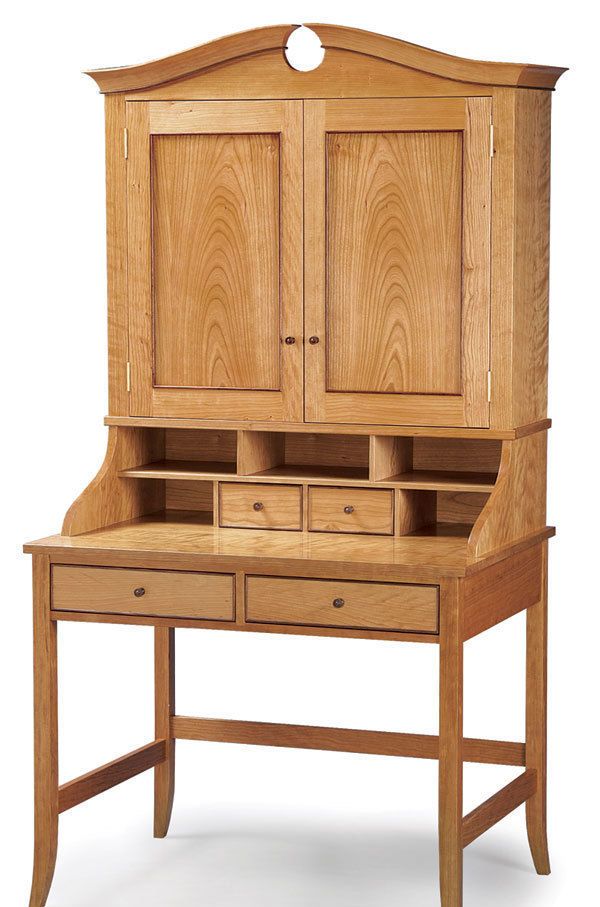
A desk is a table dedicated to reading or writing, and as such originally implied a sloping top. The sloping top, in fact, constituted practically the entirety of early desks, since these were used primarily in monasteries and universities before the invention of the printing press when the books that were read or written were large parchment volumes.
After the introduction of printing, books became more plentiful (and were no longer commonly chained to the desk) and smaller, so that they no longer required such massive supports. Consequently the desk evolved into what we now call a desk box: a relatively small box with a sloping lid. For several hundred years the term “desk” implied something portable, even when fitted with small drawers and made large enough to store several books and various writing impedimenta.
Inevitably desks were provided with stands and could be confused with a new type of furniture known originally as an “escritoire,” or “scriptor” (from the Latin word to write) designed primarily for writing. This new type of furniture was originally made much like a legged cabinet, the front of which folded down to provide a writing surface, frequently lined with wool, hence the name “bureau,” from the French word bure, meaning wool.
An important exception, and one than presaged the flat-topped modern desk, was the kneehole desk: a small cabinet designed for writing with drawers surrounding a central recess that allowed the user to sit up close to the writing surface.
By the 18th century, bureaux and desks were essentially the same item, and with the introduction of larger pieces that included shelving or other storage space above the writing surface, the secretary was born, although for a long time the commoner term was “bureau-cabinet” and sometimes “writing-cabinet.”
Of course, other combinations were inevitable, such as secretaire-bookcases, but all retained the central function of providing a surface for writing on, which was the original function of a desk. The term “desk,” however, has now been limited to a flat-topped table designed for commercial rather than domestic use, and has continued to evolve into further varieties such as a partner’s desk, essentially a double desk designed to accommodate a user on both sides; a rolltop desk, which is practically another form of the 18th- and 19th-century secretary but with a curved and articulated lid rather than a drop-down flap that also functions as the writing surface; and the computer table.
Graham Blackburn is a furniture maker, author, and illustrator, and publisher of Blackburn Books (www.blackburnbooks.com) in Bearsville, N.Y.


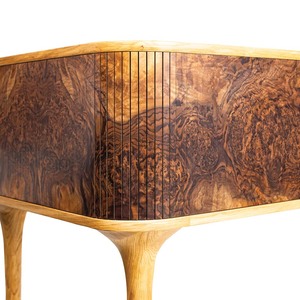
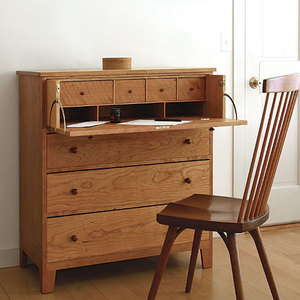
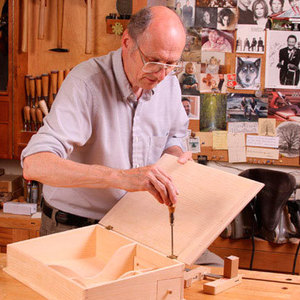
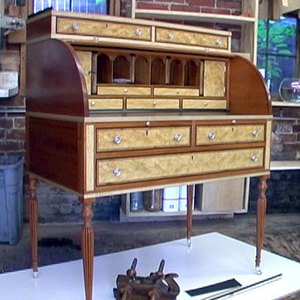







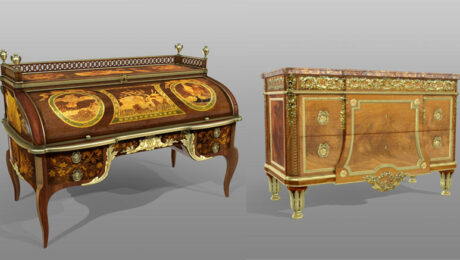








Log in or create an account to post a comment.
Sign up Log in